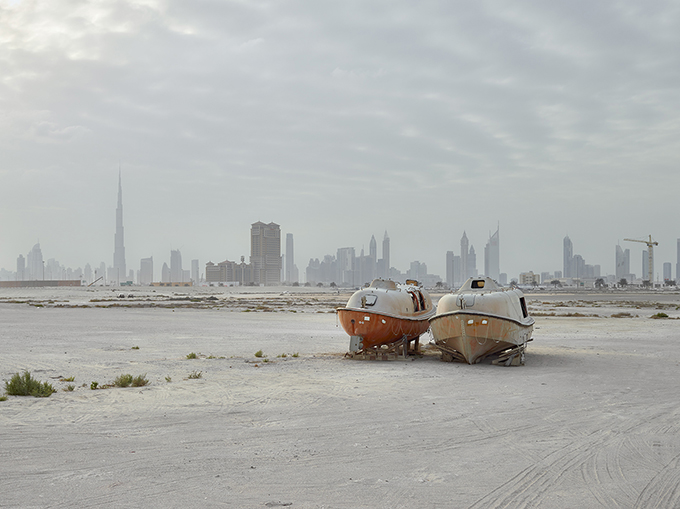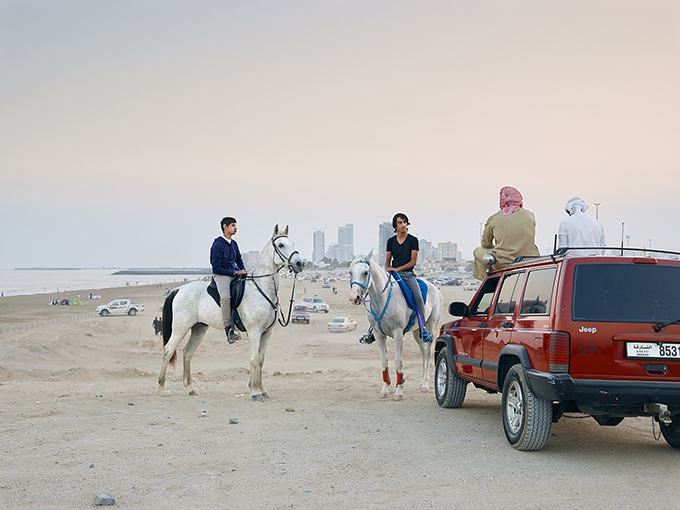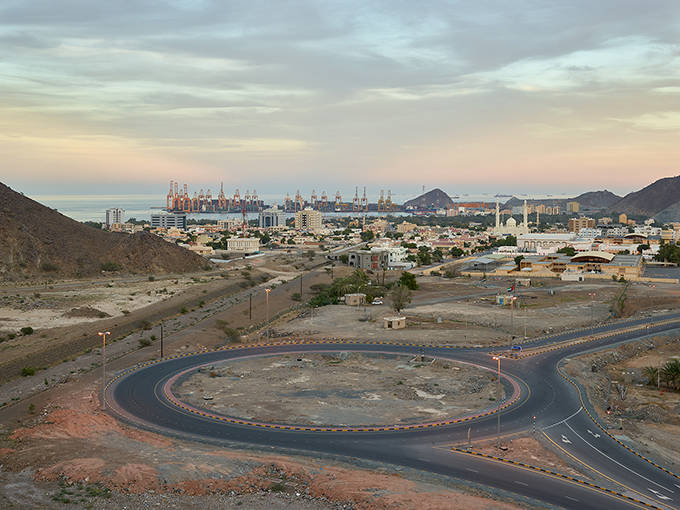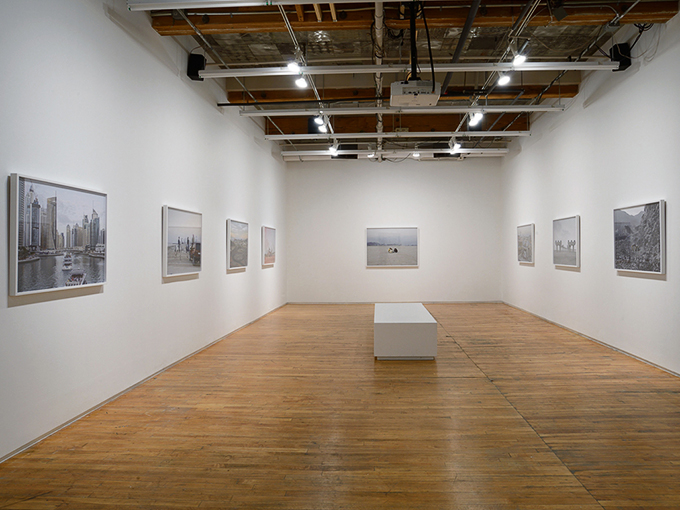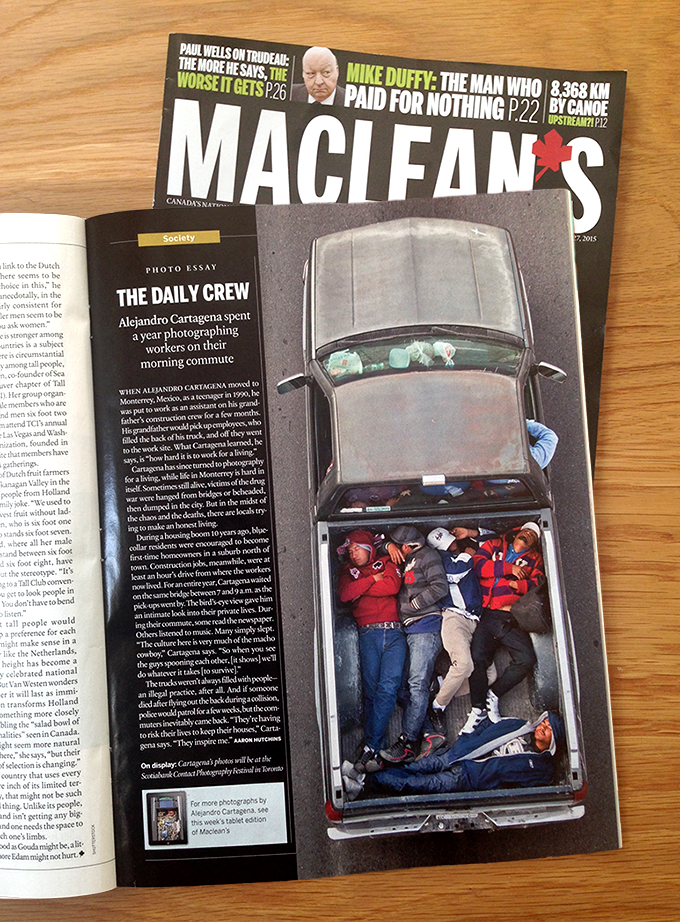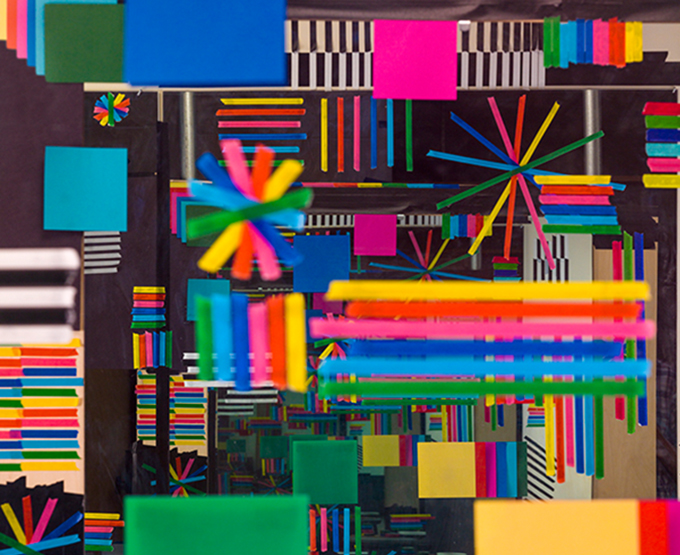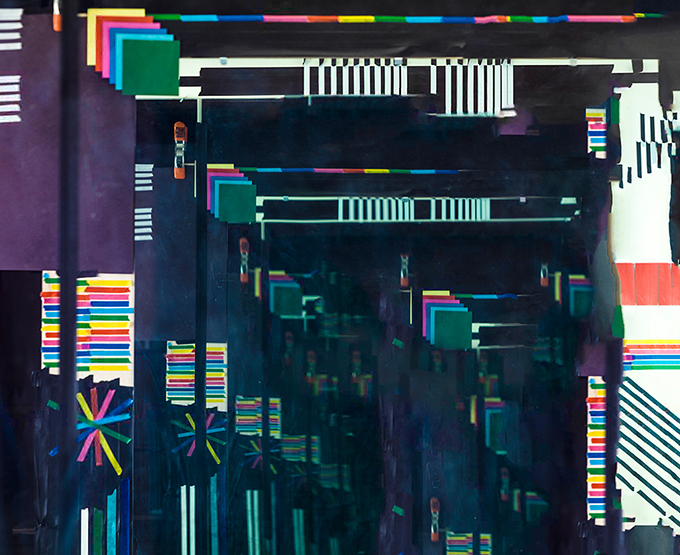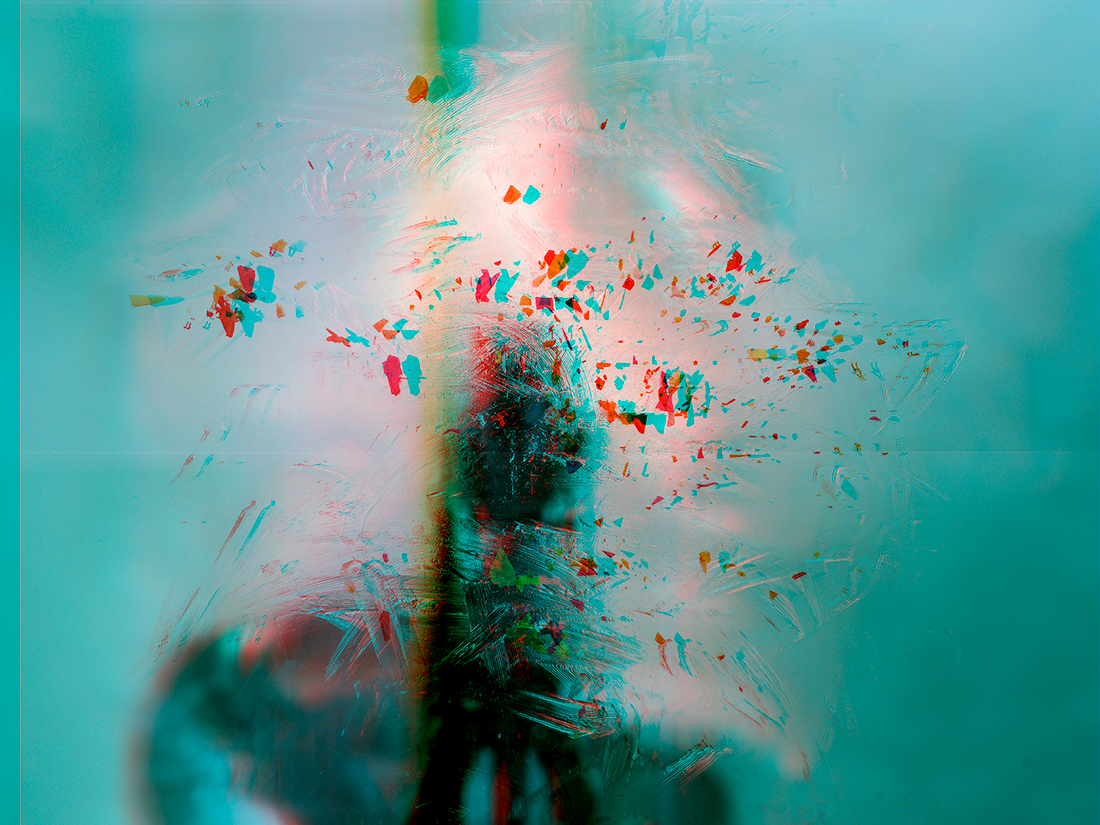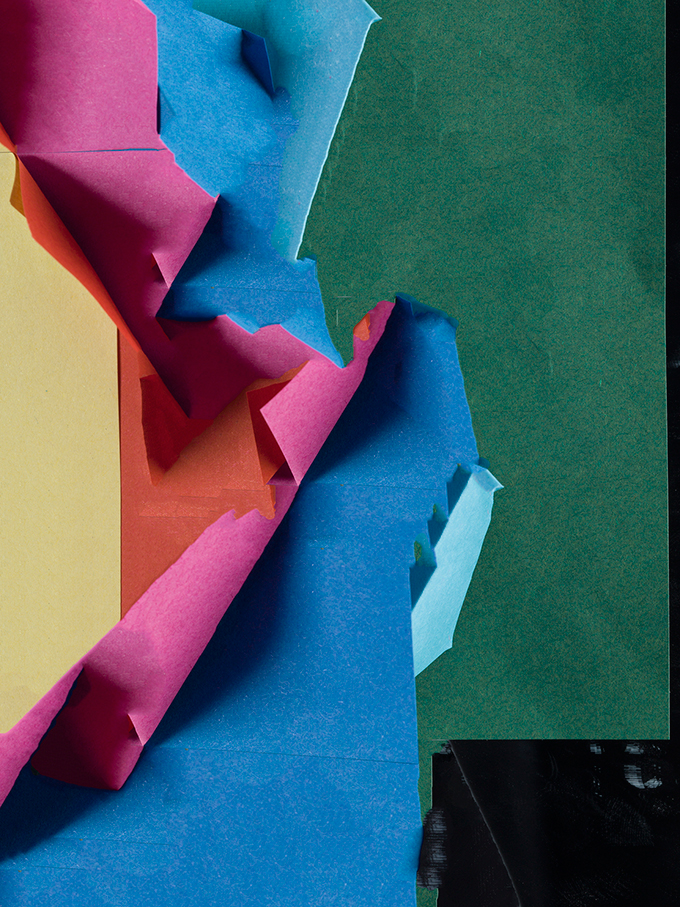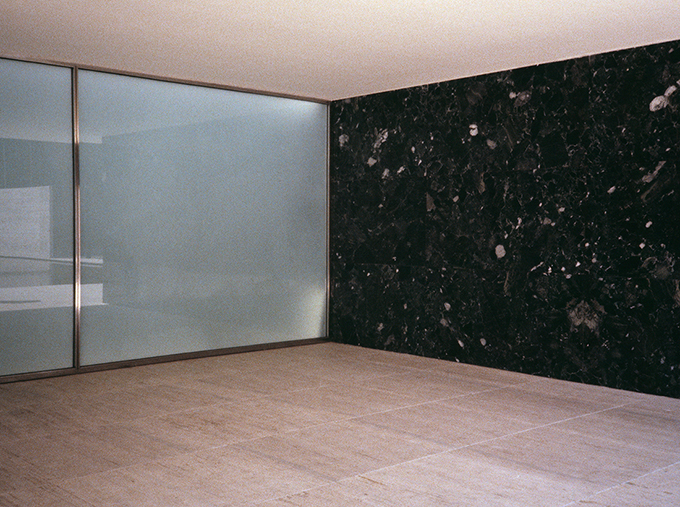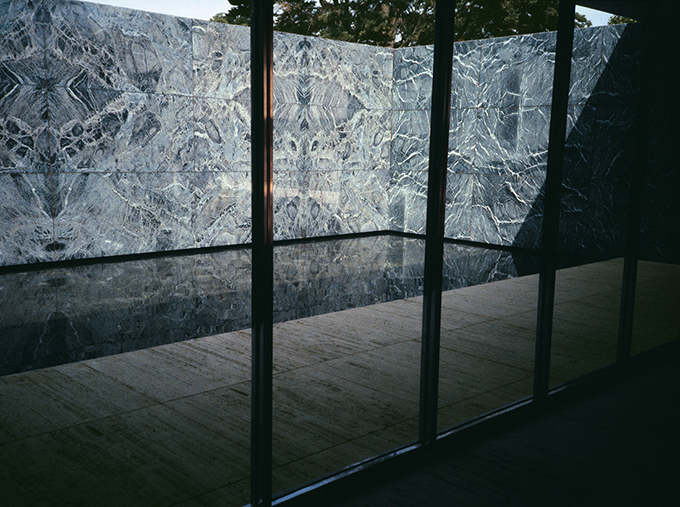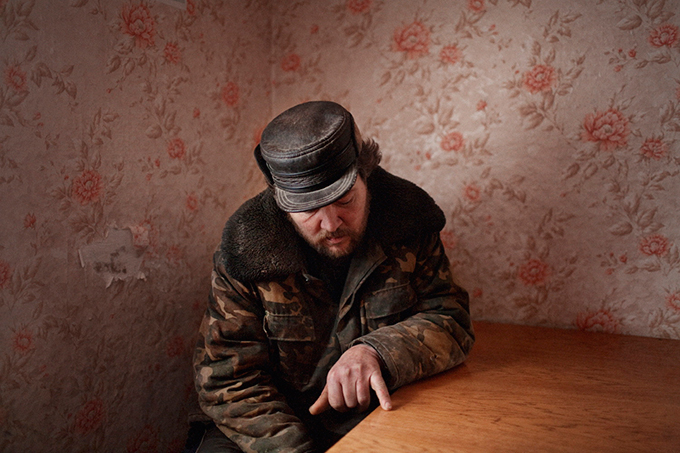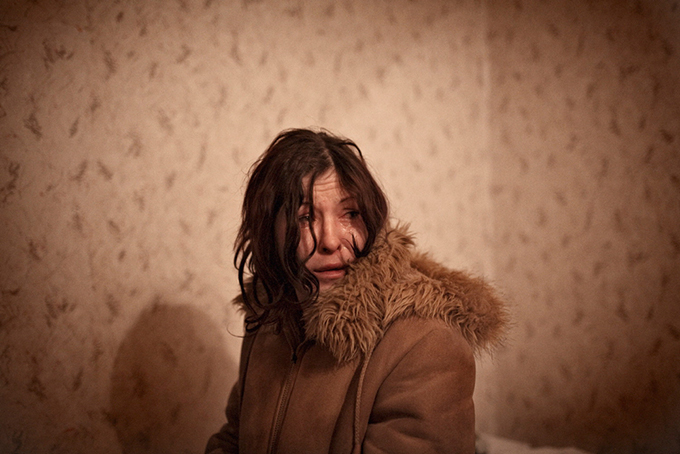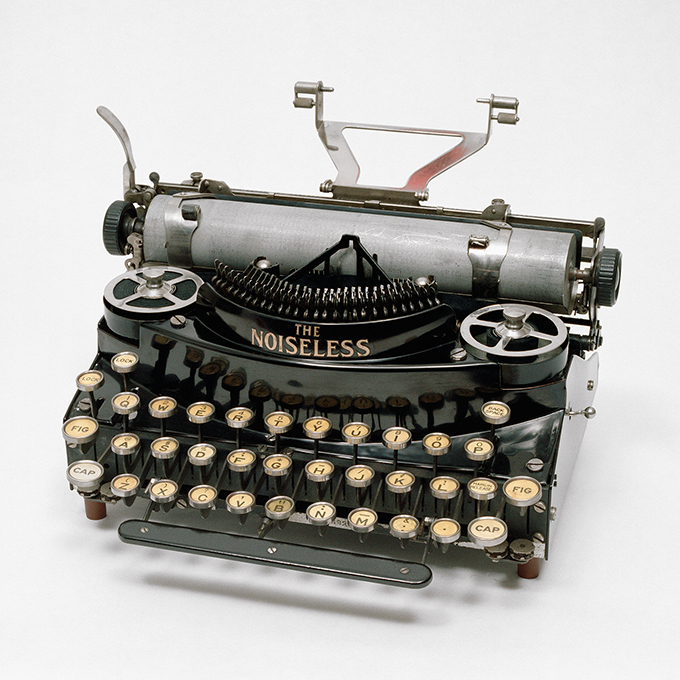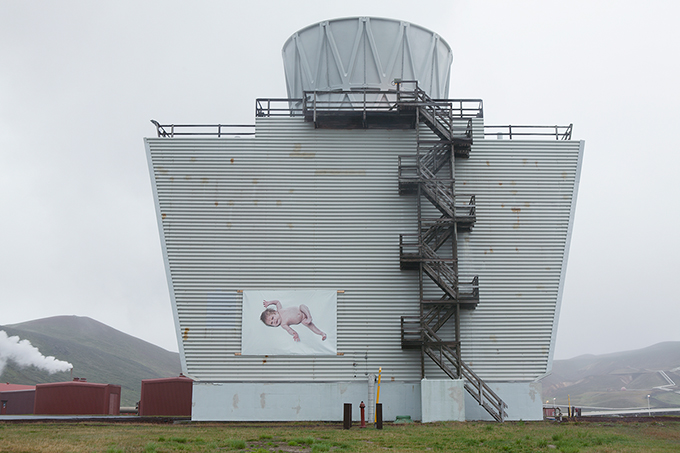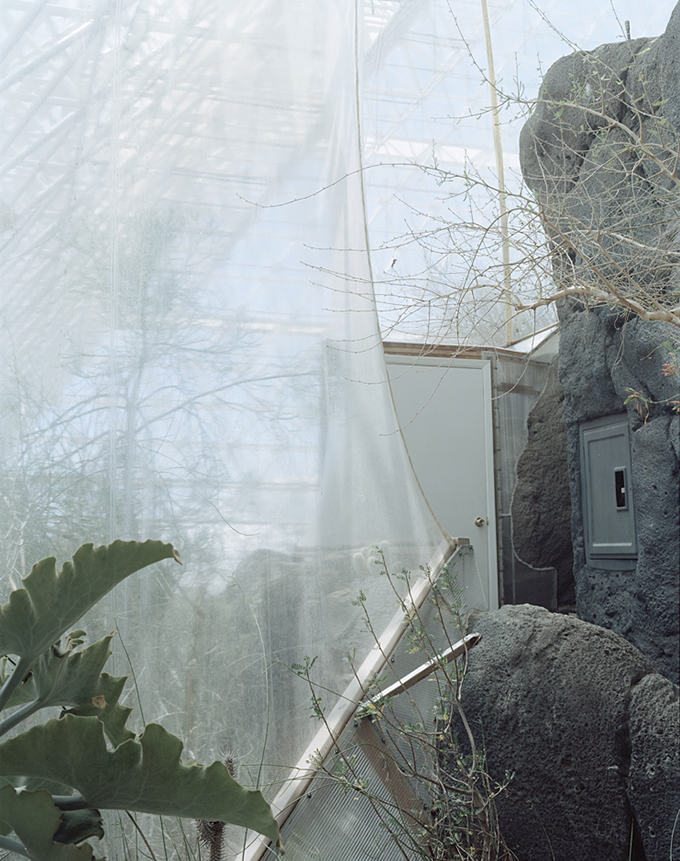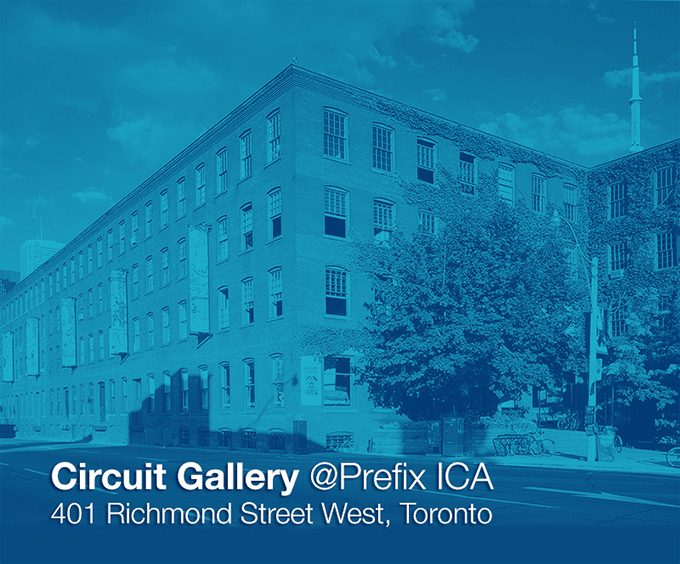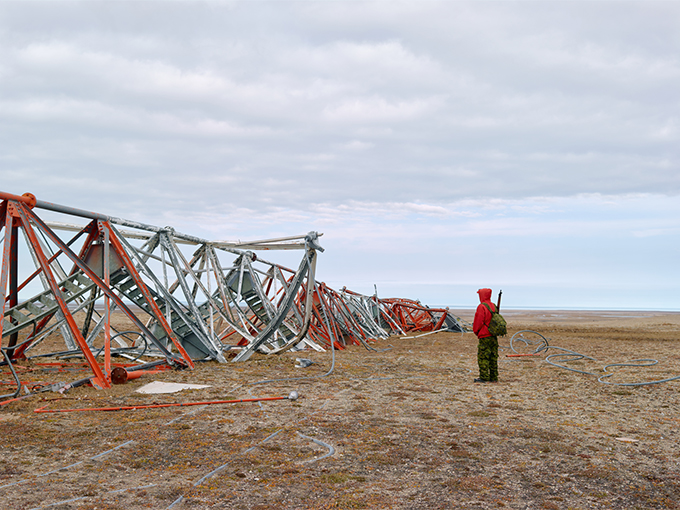
FOR IMMEDIATE RELEASE
Toronto, ON, January 7, 2019 — Circuit Gallery is pleased to present Arctic Front, a solo exhibition of new photographic work by Philip Cheung.
In 2016 Cheung was selected for the Canadian Forces Artist Program to continue his work about military cultures and environments. Arctic Front is the first chapter in a long-term project examining Canada’s various post-Afghanistan military foci and engagements—the new and future front lines of operations. Here he turns his lens North, to observe the Canadian Rangers, a part-time military unit comprised mostly of Indigenous volunteers. Cheung writes:
The Rangers have been a visible military presence in remote northern communities for over 65 years and they continue to serve as the military’s ‘eyes, ears and voice’ of the North. As the Canadian military refines its ability to operate in the region, the Rangers will continue to play an essential role in asserting Canada’s sovereignty over its Arctic land and sea.
The Arctic has always figured prominently in Canada’s national imagination and in its claims to sovereignty, but with shifting global environmental, social, economic, and political pressures, the Arctic has also become a potential military front-line, as vulnerable as it is valuable. As Cheung explains:
Canada’s Arctic is its last frontier. The Far North makes up more than 40 percent of its landmass, but contains less than 1 percent of Canada’s population. Rising sea and air temperatures due to climate change are contributing to sea-ice loss, which has opened up international interest in control over new ‘ice-free’ shipping routes in the Northwest Passage, as well as access to the significant natural resources such as oil, gas and precious metals found there.
In addition to these environmental and international concerns, the Arctic is also an important front with regard to the relationships between non-Indigenous and Indigenous people in Canada. As Sara Matthews rightly notes in “Watching the Watchers,” her essay that accompanies the exhibition:
[As] part of the sovereign colonial project in the country we now know as Canada […] the Arctic has a complicated history made from the unsettled relations between newcomers and Indigenous peoples who live and work in relationship to the land.
With over 10 years of experience in the Canadian Armed Forces prior to working as a photographer in some of the world’s most conflicted regions (Iraq, Afghanistan, the West Bank, and Northern Africa), Cheung has an informed perspective on military issues and culture that distinguishes his work from conventional media narratives and reporting. As Matthews notes:
Utilizing a medium format digital camera and tripod, his photographic process is slowed-down and mirrors the attitude of watchfulness with which his subjects are tasked. Encouraging the viewer to likewise adopt this stance of vigilant interest, each photograph offers an enigma that hints towards a greater whole.
The photographs in Arctic Front are subtle, indirect portraits of the dissonant tensions in the North between military and civilian (both settler and Indigenous) interests, resources, and labour and subsequently a contemplation of the human capacity for adaptation, survival, and endurance.
Philip Cheung: Arctic Front runs January 10 through February 2 at Circuit Gallery @ Prefix ICA, with an opening reception on Friday, January 11, from 6-9 p.m.. The Artist will be in attendance.
BIOS
Philip Cheung is a Canadian artist, based in Los Angeles and Toronto, with a significant background and experience in various forms of photography. In recent years, he has decidedly moved towards a contemporary practice focused on research and exploration of issues of citizenship, capital, labour and industrialization through a layered approach of natural and urban landscapes and portraiture. His projects include Desert Dreams, A Winter in Kandahar, The Thing about Remembering, The Edge, and Arctic Front.
His work has been exhibited in galleries, museums and festivals across North America and Europe, including The National Portrait Gallery (London, UK), the Lumix Festival (Hanover, DE) and the Flash Forward Festival (Toronto, CA).
Cheung was named one of PDN’s 30 New and Emerging Photographers to Watch and has been awarded research and production grants by the Canada Council for the Arts, the Ontario Arts Council and Toronto Arts Council. In 2018 he was shortlisted for the Aperture Portfolio Prize. In 2016 he was selected for the Canadian Forces Artist Program (CFAP) by the Directorate History and Heritage to continue a series that examines military culture in Canada’s post-Afghanistan military. Cheung has also been recognized by the Magenta Foundation, Communication Arts, Photo District News and American Photo. His work is held in the collection of Akkasah, Center for Photography at NYU Abu Dhabi, and has appeared in features and reviews in The British Journal of Photography, Canadian Art, The Walrus, Harper’s, The Washington Post, and TIME among others.
Artist Page: Philip Cheung
Sara Matthews is Associate Professor in the Department of Global Studies at Wilfrid Laurier University. Her research and teaching are interdisciplinary and consider the dynamics of war, violence and social change. Working primarily in the field of research-creation, her projects explore the relations between visual culture, nation building, colonialism and martial politics. In addition to her academic-based work, Sara curates aesthetic projects that archive visual encounters with legacies of war and social trauma. Her critical art writing has appeared in PUBLIC, FUSE Magazine and in exhibition essays for the Robert Langen Gallery, Circuit Gallery, the Ottawa Art Gallery, the Doris McCarthy Gallery and as a blog for Gallery TPW.
Philip Cheung
Arctic Front
January 10 – February 2, 2019
Circuit Gallery @ Prefix ICA
401 Richmond Street West, Suite 124
Toronto, ON, M6R 2G5
[ Google Map ]
Opening Reception: Friday, January 11, 6-9 p.m.
Gallery Hours: Tuesday – Saturday, 12:00 – 5:00 p.m.
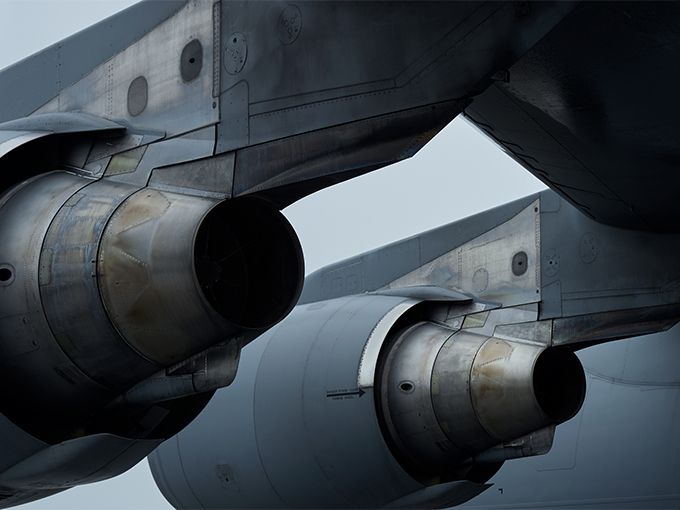
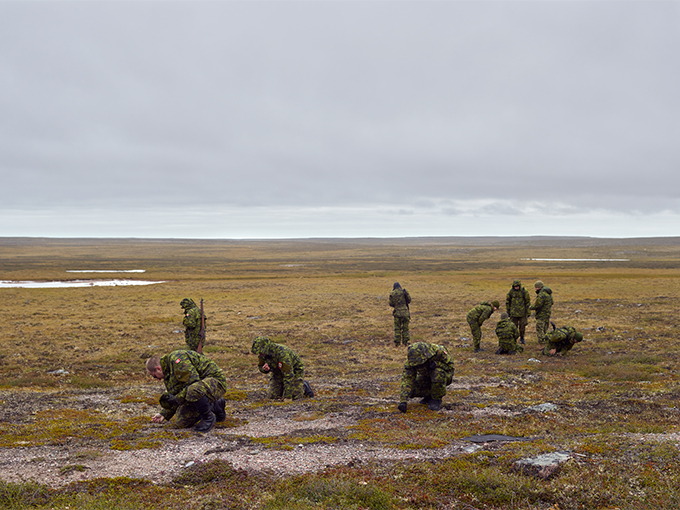
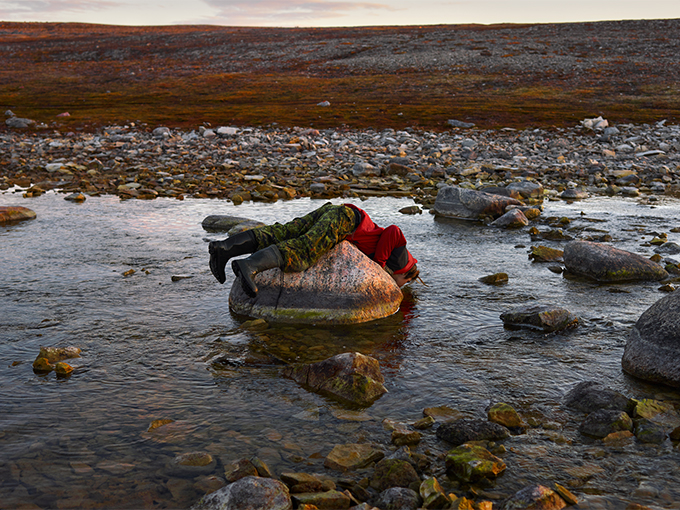
Visit Circuit Gallery for more information and to see more images:
www.circuitgallery.com/exhibitions
ABOUT CIRCUIT GALLERY
Circuit Gallery specializes in contemporary photography. Established in 2008 by Susana Reisman and Claire Sykes, the Toronto based commercial gallery represents both emerging and established Canadian and international artists.
Web: www.circuitgallery.com
Email: info@circuitgallery.com
Phone: 647-477-2487
###

